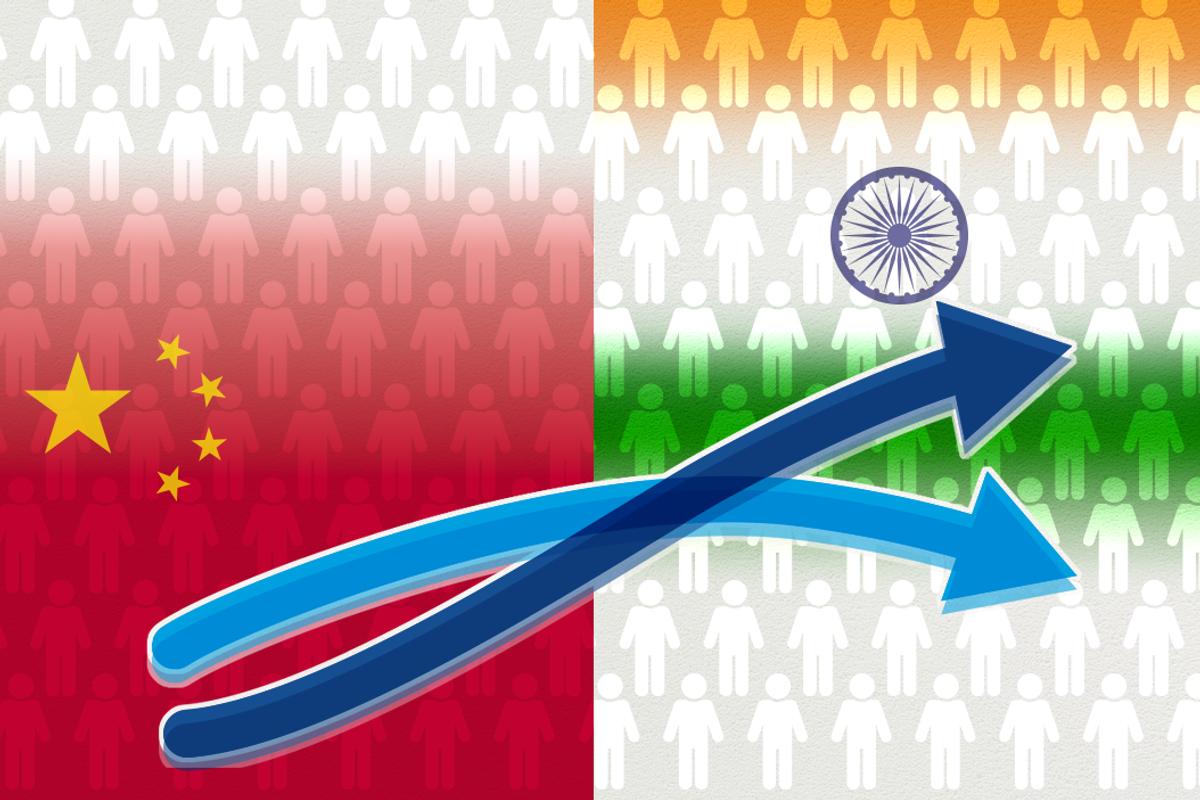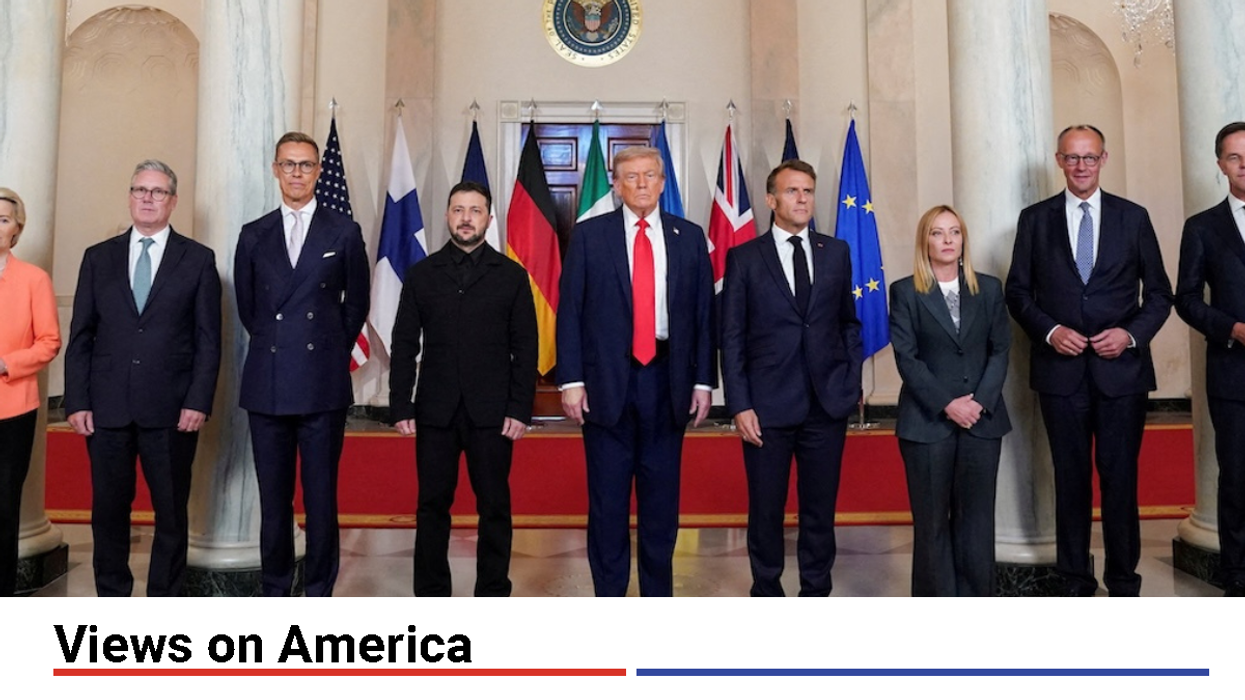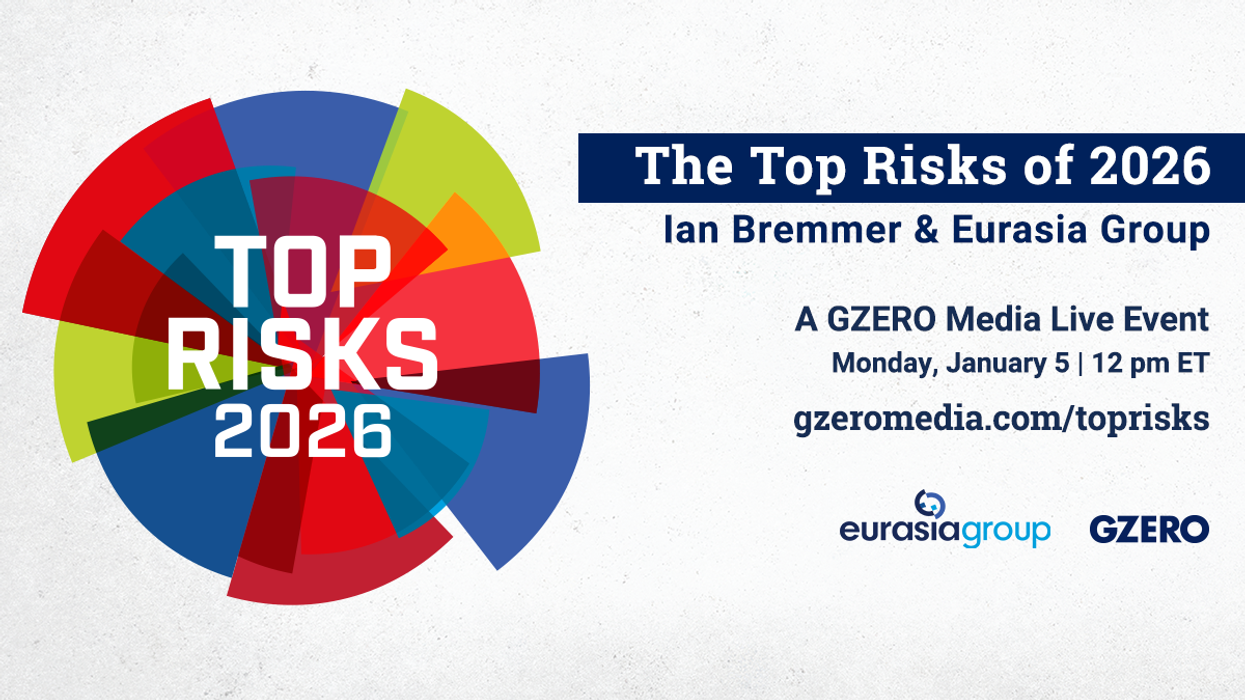India recently overtook China as the world’s most populous country – albeit just. This demographic shift inspired a flurry of hot takes suggesting that India will soon replace China to become the world’s leading manufacturing powerhouse.
For now, China remains the world’s largest manufacturing hub, but an aging population and rising labor costs raise questions about whether its position is under threat.
Quick background: China’s growth story
China’s rapid industrialization in recent decades saw tens of millions of agrarian workers migrate to cities in search of better wages and enhanced quality of life.
Mao Zedong’s Great Leap Forward policy of the early 1960s – which drew on Soviet themes of mass collectivization to modernize industry and triggered the worst famine in history – coupled with China’s economic reopening in the 1980s, saw the rapid expansion of manufacturing, construction, and other labor-intensive industries. Those who left the countryside, some under duress, became known as the “floating population.”
Since then, China has transformed from a mostly agrarian society to a manufacturing powerhouse. It now accounts for almost a third of global manufacturing – roughly the same as the US, Japan, and Germany combined.
In the 40 years up to 2022, around 770 million Chinese were lifted out of poverty – representing perhaps the largest reduction in poverty in history. Consider that the country’s average per capita income, which was $89.50 in 1960, had risen to $12,556.30 by 2021.
But several factors have caused China’s economy to stagnate, suggesting it might have reached peak growth.
For decades, the Chinese Communist Party was worried about overpopulation, and in the late 1970s it told Chinese families they could only have one kid to contain the ballooning population size. But after years of restricting the number of births, China's population is now shrinking — fast.
Indeed, this shift hits at the very heart of China's economic model, focused on boosting consumption at home to reduce reliance on exports, as well as increasing the number of workers to support the country's aging population.
In recent years, Beijing has tried to boost the birth rate by limiting access to abortions and encouraging women to have more kids. But many think this strategy could be too little, too late.
India is on the rise. India, for its part, is experiencing the opposite trend: Massive population growth, with a populace that is also getting younger – almost a quarter of Indians are under the age of 14.
What’s more, India has a large workforce, a growing domestic market, and a tech sector that’s booming despite global headwinds. India recently surpassed the UK to become the world’s fifth-largest economy. And it is gaining clout economically and diplomatically, particularly as it seeks to emphasize its non-aligned status amid Russia’s war in Ukraine.
In short, India has yet to meet its economic potential, while China’s fortunes appear to be waning. This is in part due to President Xi Jinping’s reverting back to state-run enterprise and undercutting private entrepreneurs, which is hurting growth.
Still, slowing growth in China does not mean that India, with the world’s largest pool of working-age people, will take up the mantle of the workshop of the world.
“It might happen, but it would require India to get a lot of things right,” says Pramit Chaudhuri, head of the South Asia practice at Eurasia Group.
“It's not the first time people have said India is on the rise and then watched it make a series of major political errors or have political problems at home that stalled that growth,” he says.
So what’s stopping India from replacing China?
India’s social indices still lag way behind China’s and other advanced economies. Only 74% of Indians are literate, compared to 97% of Chinese, and that drops to 62% for Indian women.
Importantly, during the 1950s and 60s, Mao was partly motivated by the belief that education boosts productivity. The CCP sought to end elitism by boosting education among rural populations and standardizing some higher education.
In India, however, poor education systems, particularly in the north, coupled with a massive digital divide, mean that vocation-based jobs lag behind China’s.
“The challenge for India is that demographic dividends mean that people actually have to have the skills,” Chaudhuri says.
“If India does not accomplish that” – by improving education capacity and standards – “we will get old without becoming rich,” he says.
Indeed, it’s for this reason that India does not see its ballooning population as a win. “For India, the size of the population is seen as a failure because they have been trying to do family planning and voluntary population control for a long time,” Chaudhuri says.
India needs the right jobs. It’s one thing to have the world’s largest population – and pool of working-age people – but it’s quite another to provide enough good jobs that boost productivity and growth.
While China excelled at transforming its growing population into a manufacturing powerhouse focused on boosting exports, most of India’s jobs are concentrated in the agriculture sector, with the latter accounting for roughly 60% of the workforce.
Indeed, Prime Minister Narendra Modi has sought to reform an economic system set up by the socialist-leaning governments that held power during the first decades of India's independence. But his efforts to embrace free enterprise in recent years have been sluggish and, at times, faced vigorous opposition. Consider that when Modi tried to make the agriculture sector more market-driven in 2020, farmers paralyzed the capital in some of the biggest protests in the country’s history.
In order to keep the labor market stable, India needs to create 90 million new jobs by 2030 outside of agriculture. That won’t be easy.
Poor connection. Another missing piece in India’s growth story is infrastructure. Crumbling railways, congested roads, and inefficient airports disrupt supply chains, stifling growth and investment. While India isn’t the first emerging economy to be let down by its crumbling infrastructure (hello, South Africa!), Modi is hoping that a massive push for upgrades will turn its $3.5 trillion economy into a $5 trillion one by 2025-26.
But implementation of this policy is a little more complicated. While China’s Communist government called all the shots in directing the country’s economic trajectory, as leader of the world’s largest democracy, Modi has to coordinate with 28 state governments, as well as cities and central-government ministries in a country long marred by civil strife.
For now, China remains the world’s largest production hub, but tit-for-tat trade wars with the US and an awkward zero-COVID rebound are making Beijing nervous.
Still, Chaudhuri says that the future is not in old-school manufacturing but in advanced tech, quantum computing, and in forming strategic tech coalitions. But who will dominate?
“[India] will be one among many players in that field,” he says, adding that “China’s unusual state of dominance will never be replicated again.” Other countries, like Mexico, Brazil, Indonesia, India, Vietnam – and even the United States – “all of us will get a slice of the pie.”



















